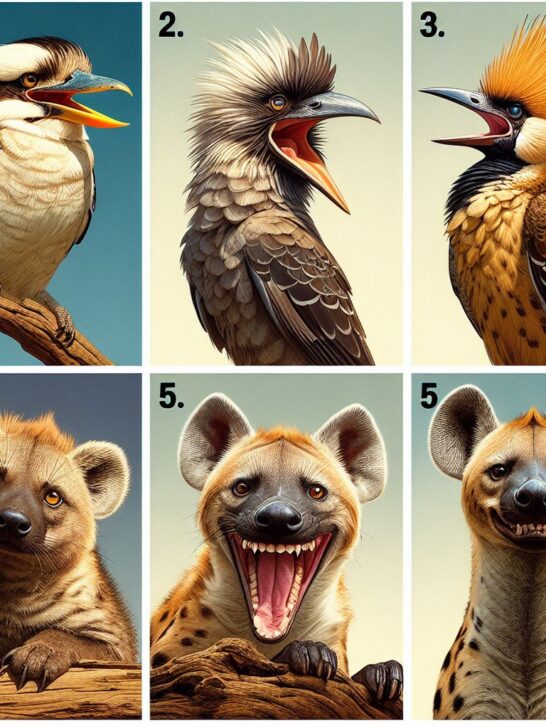Laughter is often considered a unique trait of humans, but many animals also possess the ability to produce sounds that resemble laughter. From birds to mammals, various creatures across the animal kingdom emit vocalizations that convey joy, playfulness, or social bonding. In this comprehensive article, we will explore 16 animals that make laughing sounds, delving into the biology, behavior, and significance of their laughter-like vocalizations. From the iconic kookaburra’s hearty cackle to the melodic calls of dolphins, each species offers insights into the diverse ways animals communicate and express emotions.
Post Contents
1. Kookaburra:
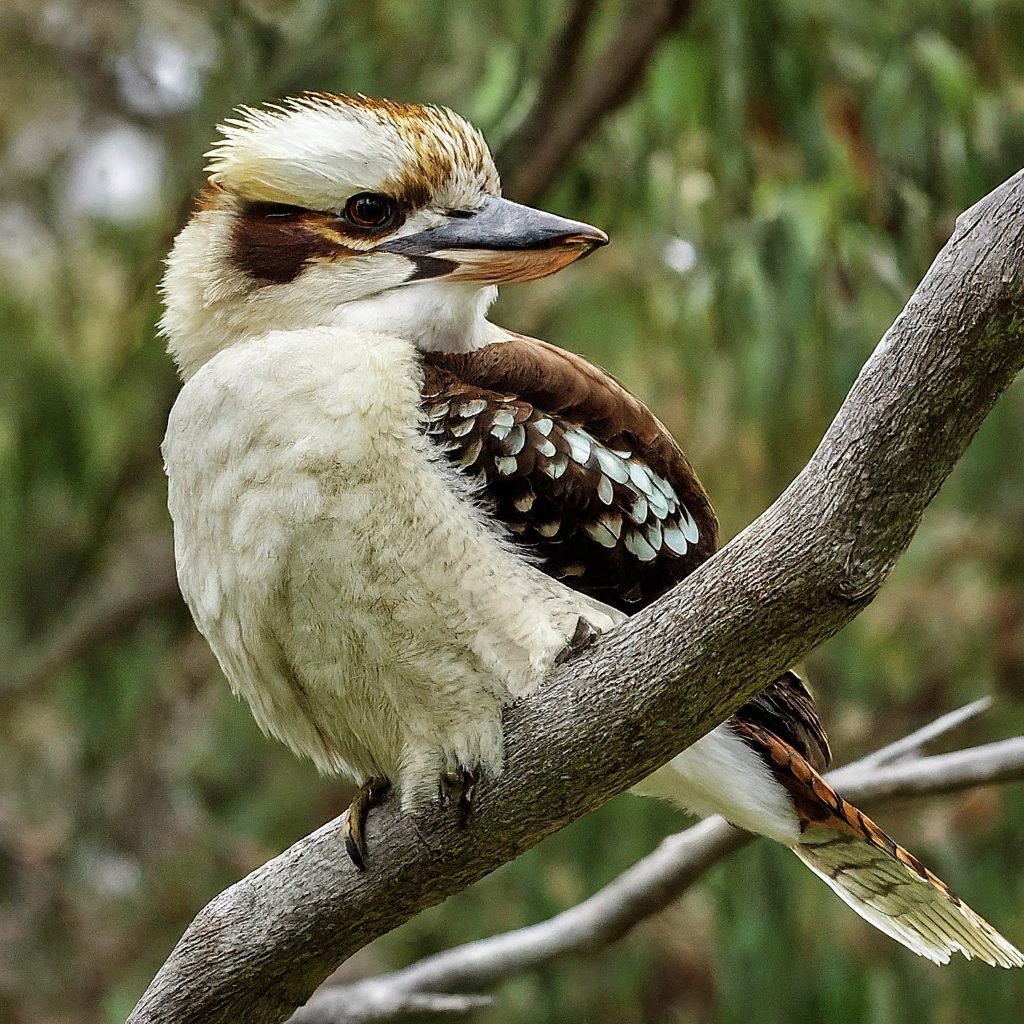
The kookaburra, native to Australia, is known for its distinctive call that closely resembles human laughter. These large kingfisher birds are often found in eucalyptus forests and open woodlands, where they perch on branches and emit their iconic “laughing” call. This vocalization serves multiple purposes, including territorial communication, warning signals, and social bonding among family groups. Kookaburras are opportunistic hunters, feeding on a diet of insects, small mammals, reptiles, and even other birds. Their laughter-like call resonates through the Australian bush, adding a unique charm to the continent’s natural soundscape.
Their loud, ringing laugh is unmistakable, often described as a series of “kook-kook-kook” sounds. It’s used for communication, territory defense, and social bonding. Fun fact: Their laugh is so iconic, it’s been used in movies and TV shows like “Jurassic Park” and “The Simpsons.”
2. Kea Parrot:
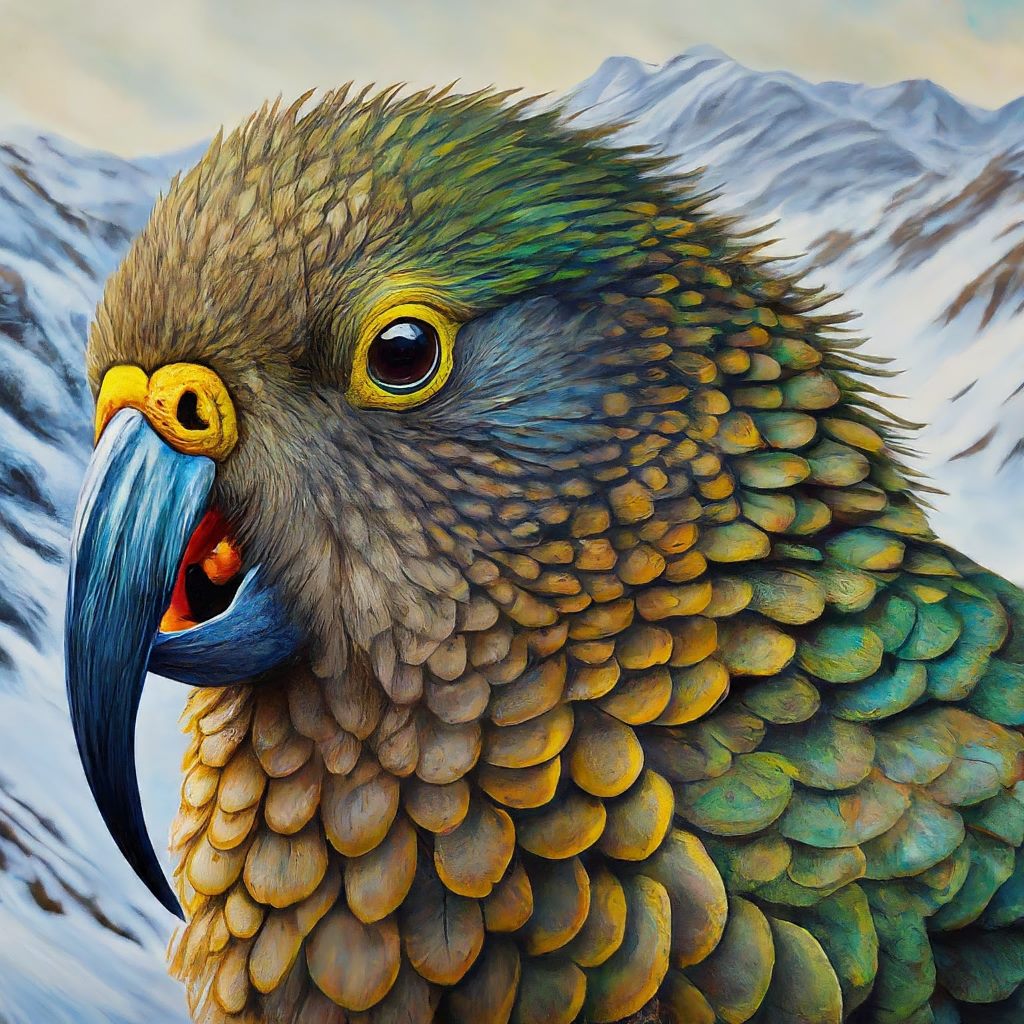
The kea parrot, native to the alpine regions of New Zealand’s South Island, is renowned for its mischievous and playful nature. These intelligent birds produce a variety of vocalizations, including a distinctive call that resembles human laughter. Kea parrots are highly social and often engage in playful antics, such as pulling on shoelaces, investigating objects, and vocalizing with their companions.
Their laughter-like calls serve as a form of communication within the flock and may indicate excitement, curiosity, or amusement. Despite their endearing behavior, kea parrots face threats from habitat loss, introduced predators, and human activities, highlighting the importance of conservation efforts to protect these unique birds.
Not quite a laugh, but keas have a variety of playful vocalizations including screeches, squawks, and chatters. They’re known for their intelligence and curiosity, often mimicking sounds like human laughter. Fun fact: Keas are the world’s only alpine parrot and are considered an endangered species in New Zealand.
3. Australian Magpie:
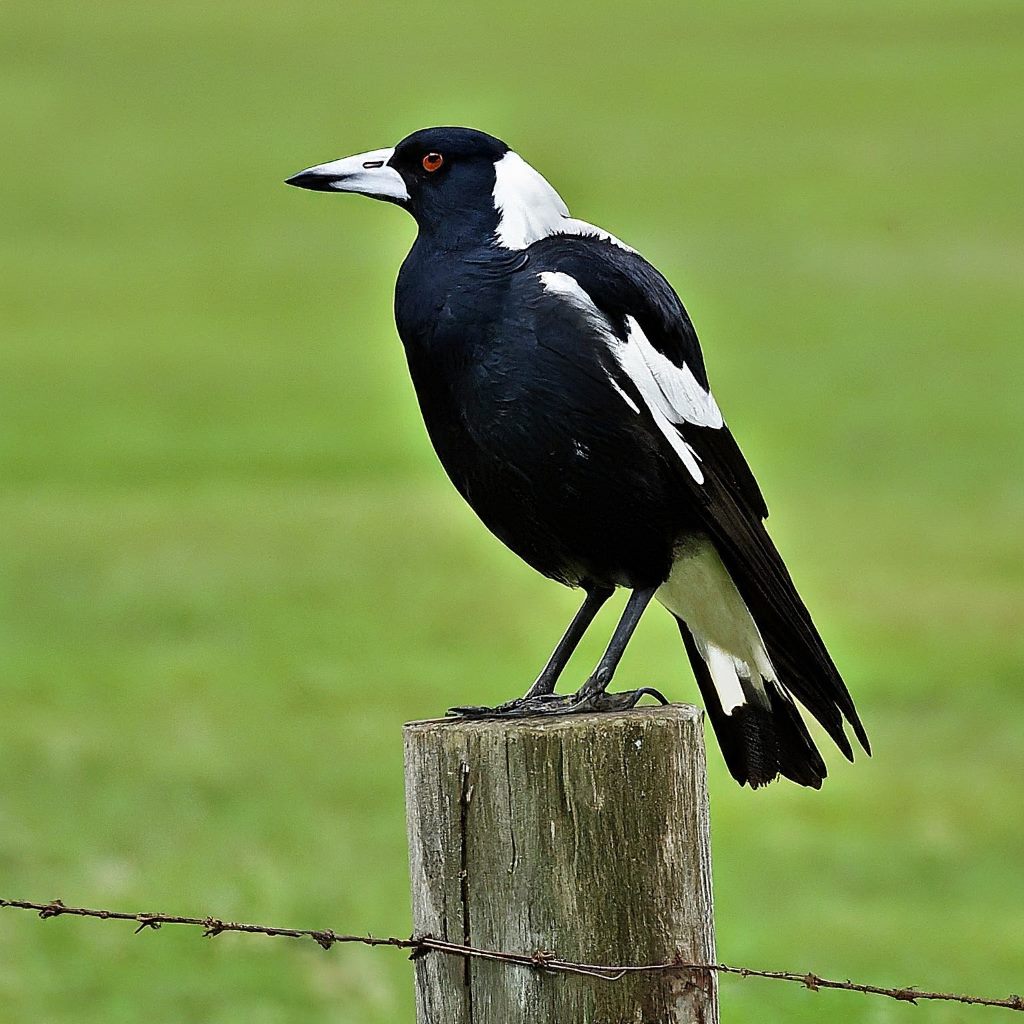
The Australian magpie is a common bird found throughout Australia, known for its melodious warbling and caroling. Among its diverse vocalizations is a call that bears a resemblance to human laughter. Australian magpies are highly intelligent and territorial birds that form strong family bonds within their social groups.
They use their laughter-like vocalizations to communicate with other members of their flock, particularly during courtship displays and territorial disputes. Despite their occasional aggressive behavior towards humans during the breeding season, Australian magpies are valued for their beautiful songs and striking black-and-white plumage.
Their “warbling laugh” is a complex series of whistles, clicks, and chortles, used for territorial calls, courtship displays, and communication. Fun fact: They’re highly intelligent songbirds and can even mimic human speech and other bird calls.
4. Northern Flicker:
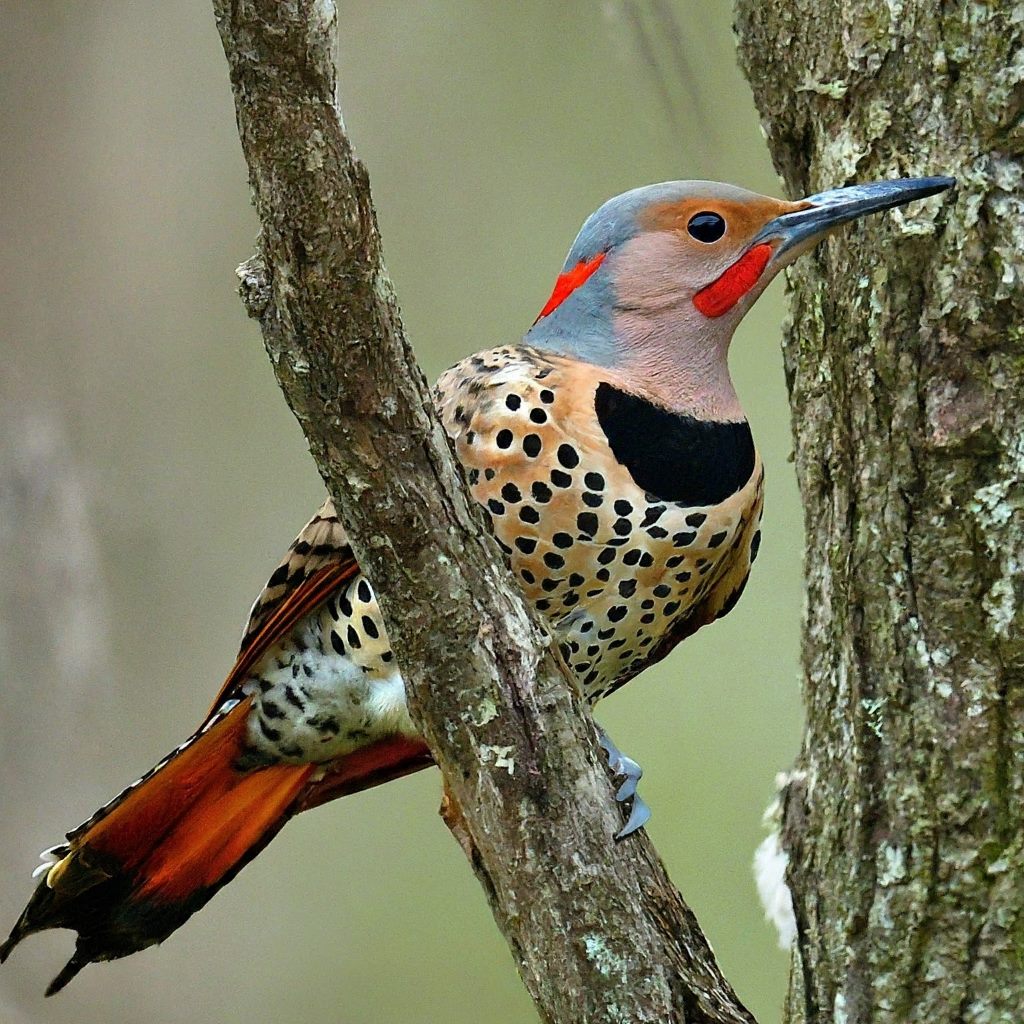
The Northern Flicker, a type of woodpecker found across North America, emits a distinctive vocalization often described as a “wicka-wicka” call. While not precisely resembling human laughter, this sound is notable for its rhythmic and repetitive nature, which can sometimes evoke a sense of amusement. Northern Flickers primarily communicate through drumming on trees and vocalizations, using these behaviors to establish territory, attract mates, and communicate with other members of their species.
Their drumming sound, created by rapidly tapping their beak on a resonant surface, is sometimes mistaken for laughter. It’s primarily used for territorial defense and attracting mates. Fun fact: They’re the only woodpecker that can both drum and excavate with their beak.
5. Spotted Hyena:
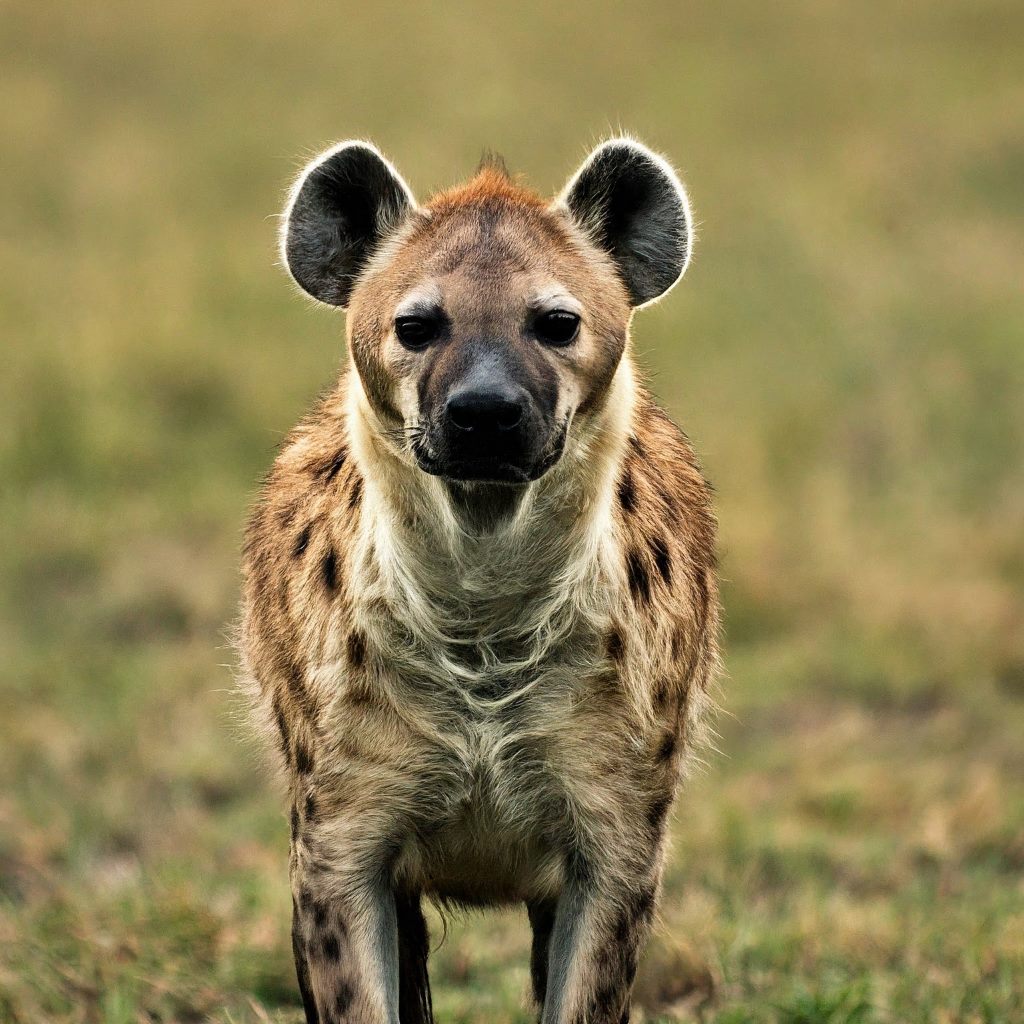
Spotted hyenas, native to Africa, are famous for their unique vocalizations, including a distinctive “giggling” sound that can resemble laughter to human ears. These vocalizations are used by hyenas to communicate within their social groups, signaling excitement, submission, or aggression. Spotted hyenas are highly social animals that live in matriarchal clans, where laughter-like vocalizations play a crucial role in maintaining social cohesion and establishing dominance hierarchies.
Their cackling laughter is often associated with feeding frenzies, though it can also serve as communication and social interactions. It’s not actually laughter in the human sense, but rather a vocalization with various meanings. Fun fact: Despite their name, spotted hyenas are not closely related to dogs, but rather belong to their own unique family.
6. Coyotes:
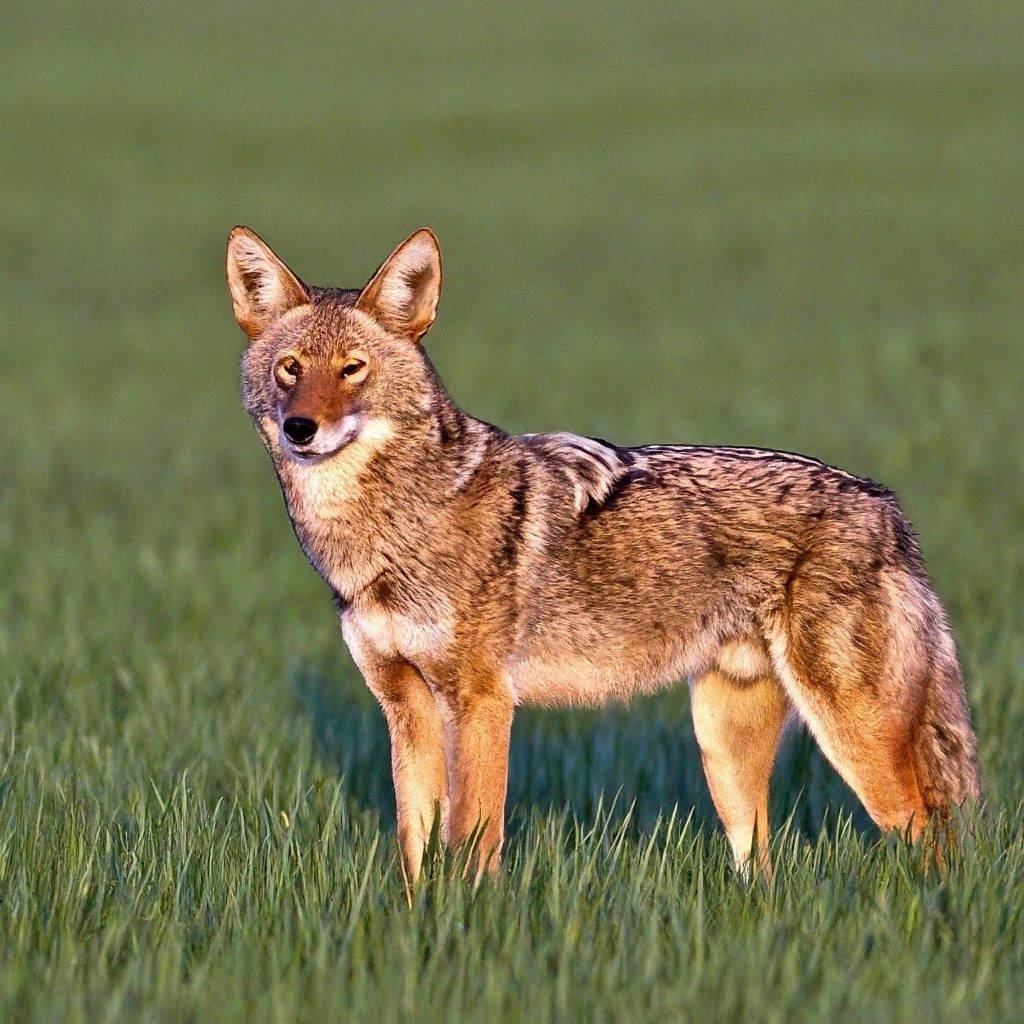
Coyotes, found throughout North and Central America, emit a variety of vocalizations, including high-pitched howls and yips that can sound remarkably like laughter. These vocalizations serve multiple functions, including territory marking, communication within packs, and signaling distress or excitement. Coyotes are highly adaptable predators known for their intelligence and resourcefulness, often thriving in urban and suburban environments alongside humans.
7. Gorilla:
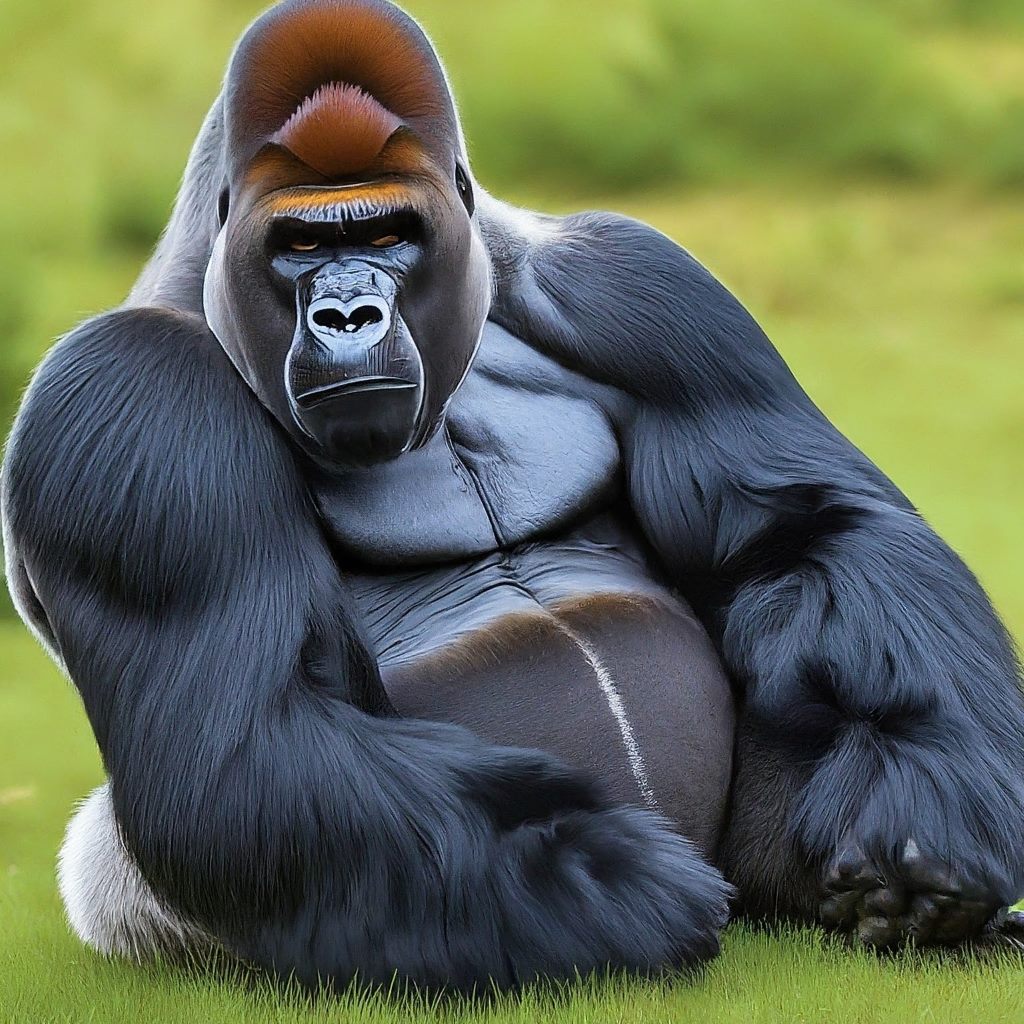
Gorillas, the largest primates inhabiting the forests of Africa, exhibit a range of vocalizations, including grunts, hoots, and chest-beating displays that may convey a sense of amusement or contentment. While not identical to human laughter, these vocalizations play a crucial role in gorilla communication, social bonding, and dominance displays within their social groups. Gorillas are highly intelligent and emotionally complex animals, with laughter-like vocalizations serving as a means of expressing their emotions and maintaining social relationships.
8. Chimpanzee:
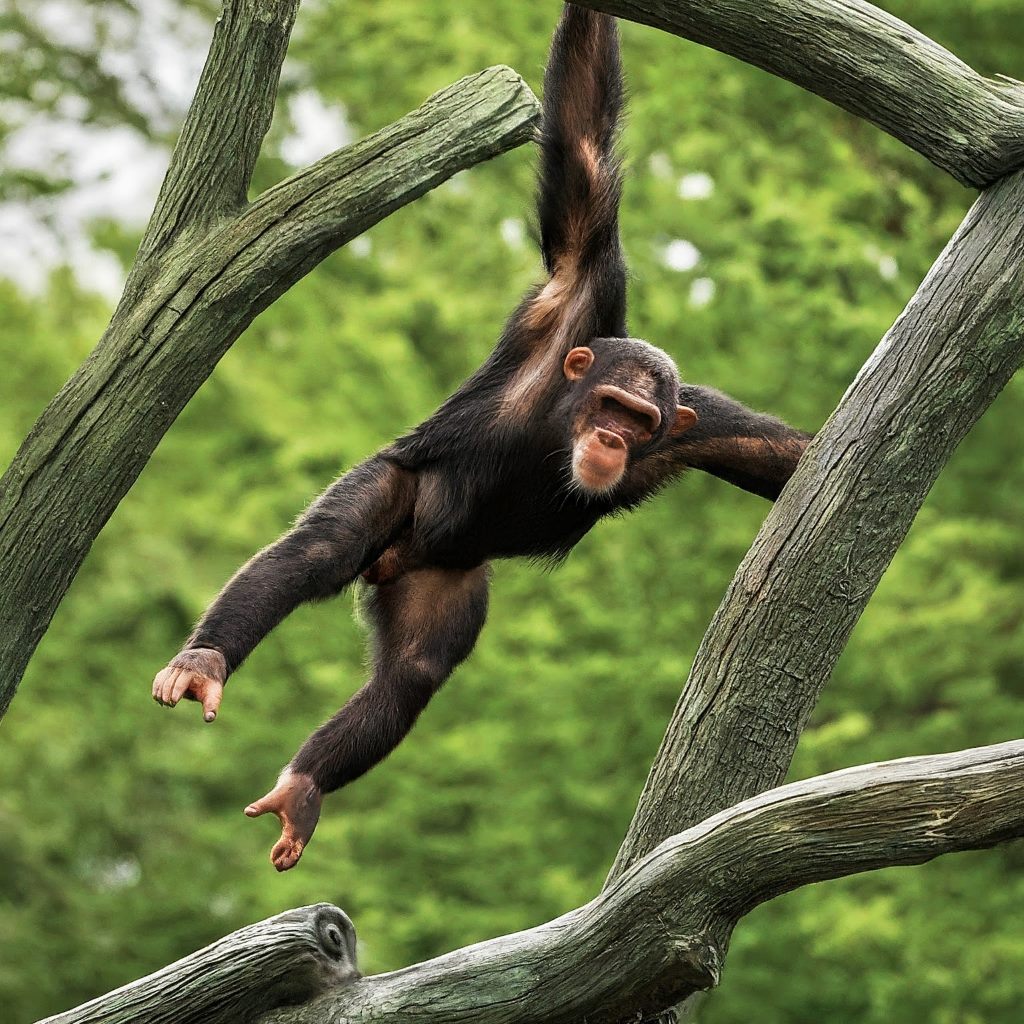
Chimpanzees, our closest living relatives in the animal kingdom, are known for their complex vocalizations, which include hoots, screams, and pant-hoots that can resemble laughter. These vocalizations serve various purposes, such as communication within social groups, signaling excitement, and expressing emotions like joy and amusement. Chimpanzees are highly intelligent and social animals that live in tight-knit communities, where laughter-like vocalizations play a crucial role in maintaining social bonds and resolving conflicts.
9. Orangutans:
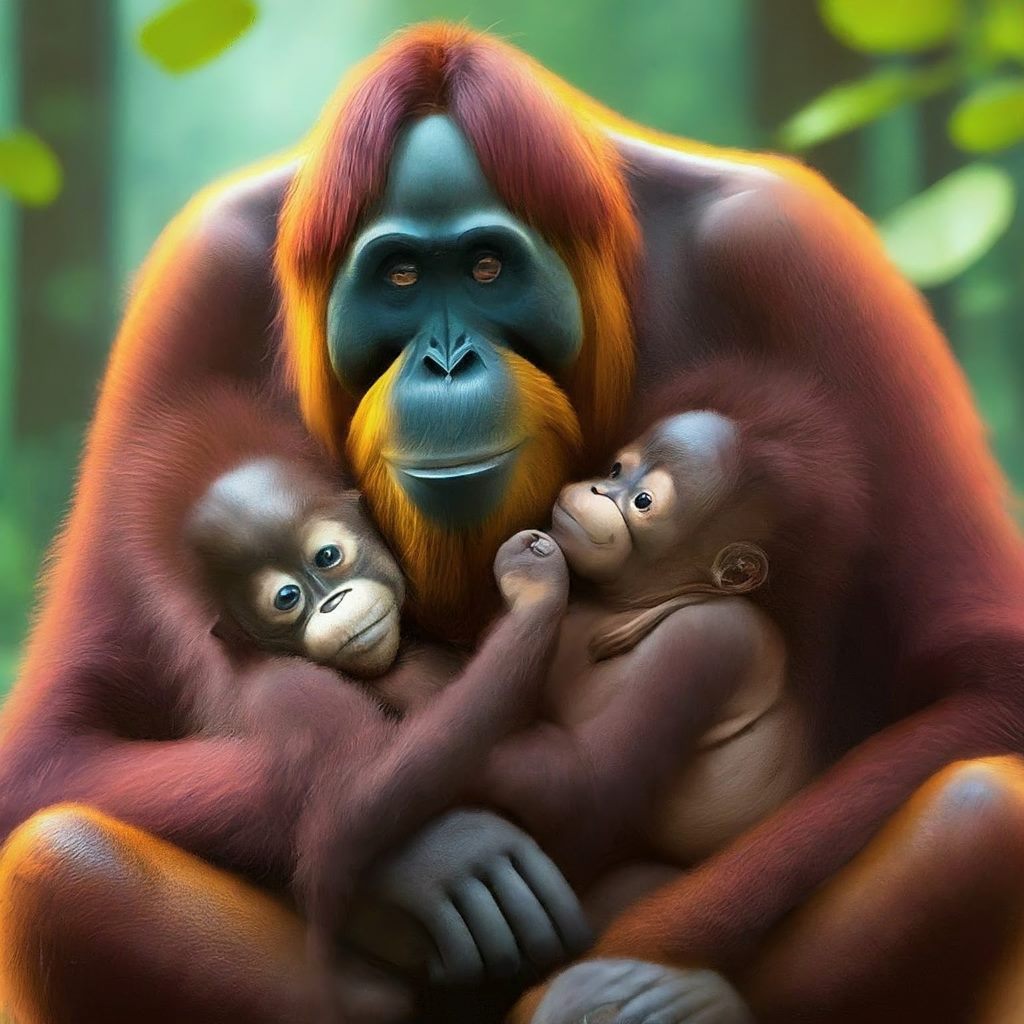
Orangutans, native to the rainforests of Borneo and Sumatra, produce a variety of vocalizations, including long calls, grunts, and kisses, which can sometimes sound like laughter. While not as common as in other primates, these laughter-like vocalizations are observed in playful interactions and social bonding among orangutans. Orangutans are solitary animals for the most part, but they exhibit complex social behaviors during interactions with conspecifics, including vocalizations that convey emotional states and intentions.
10. Elephant:

Elephants, the largest land animals on Earth, are known for their deep rumbles and trumpeting vocalizations that can evoke a sense of joy and excitement akin to laughter. These vocalizations serve as a means of communication within elephant herds, signaling everything from distress and aggression to happiness and playfulness. Elephants are highly social animals with complex social structures, where laughter-like vocalizations contribute to bonding between individuals and maintaining group cohesion.
11. Dolphin:

Dolphins are known for their playful and sociable nature, often exhibiting behaviors that resemble laughter, such as chirps, clicks, and whistles. While not true laughter, these vocalizations are an integral part of dolphin communication and social interactions. Dolphins are highly intelligent marine mammals that live in complex social groups called pods, where laughter-like vocalizations play a crucial role in coordinating group activities, expressing emotions, and forming social bonds.
12. Bonobo:
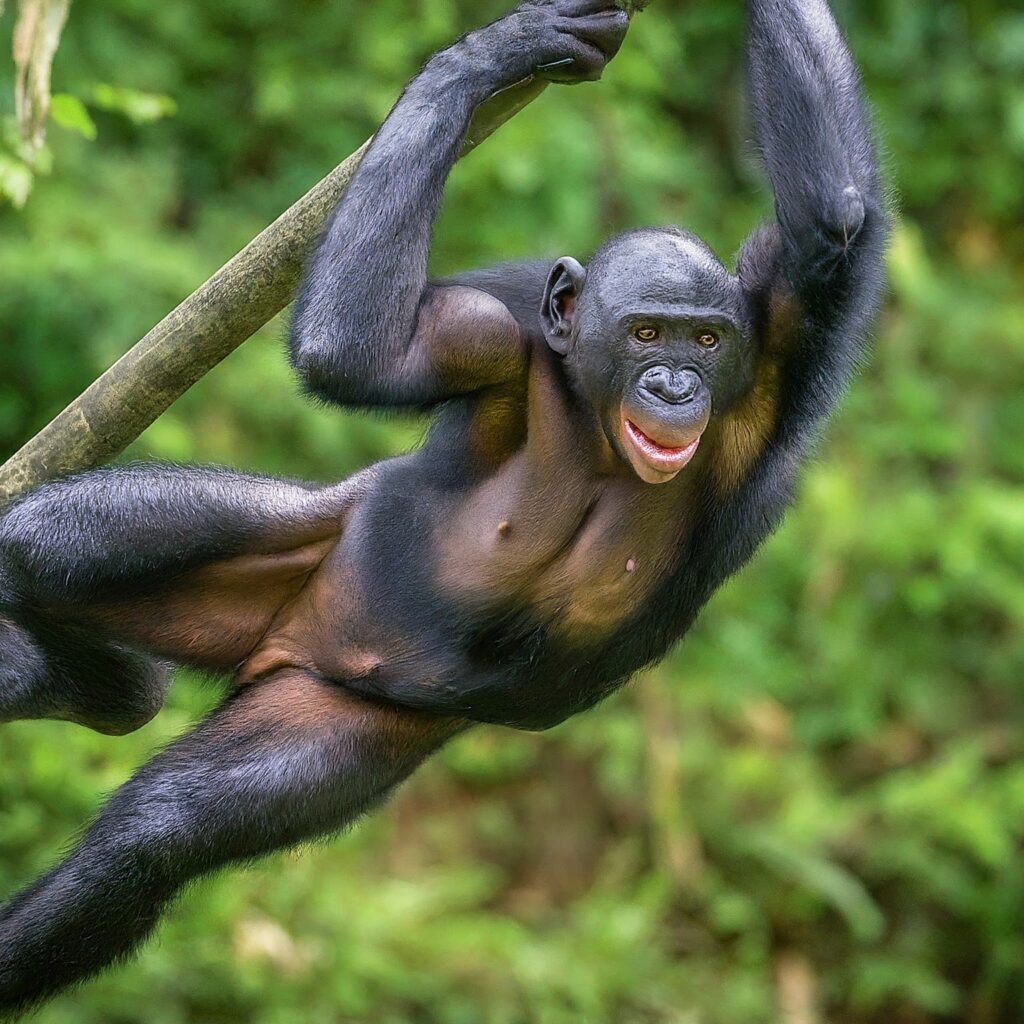
Bonobos, often referred to as the “hippie apes,” are known for their peaceful and highly social behavior, which includes vocalizations that resemble laughter. These vocalizations, characterized by high-pitched squeals and hoots, are used during play, grooming, and social interactions among bonobos. Laughter-like vocalizations play a significant role in reducing tension, resolving conflicts, and reinforcing social bonds within bonobo communities.
13. Rat:
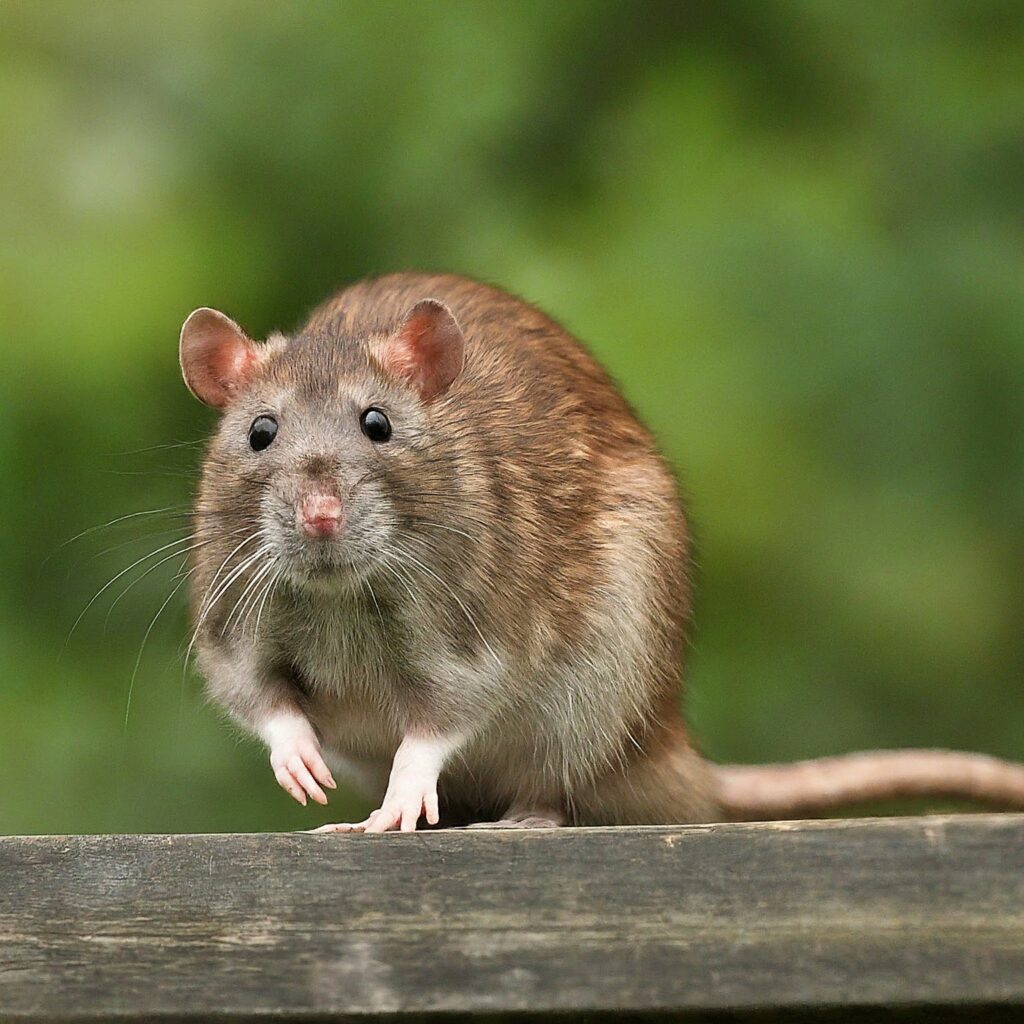
Rats are highly social rodents that emit a range of vocalizations, including chirps, squeaks, and chattering sounds that can resemble laughter. These vocalizations are observed during social interactions, play behavior, and courtship rituals among rats. While not as complex as primate laughter, rat vocalizations serve as a means of communication within their social groups, conveying information about their environment, emotions, and intentions.
14. Degu:
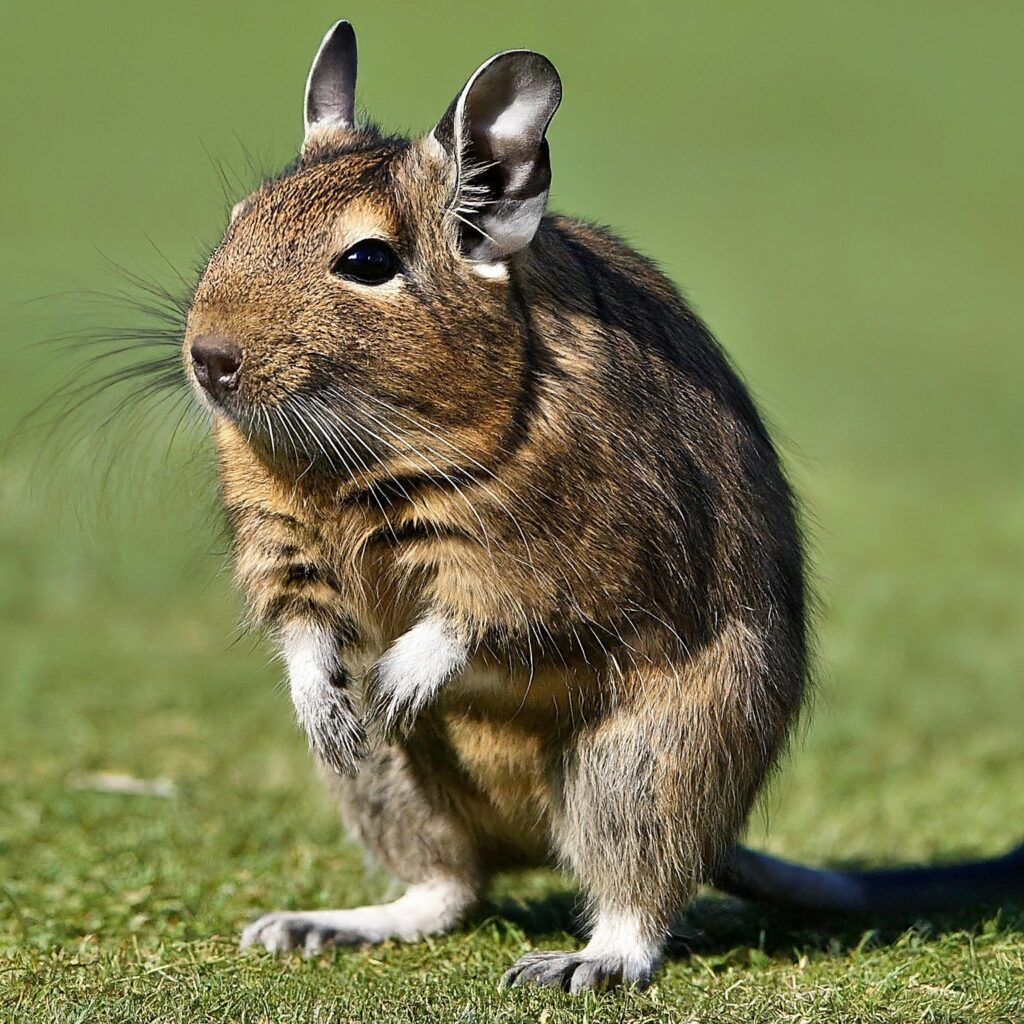
Degus, small rodents native to Chile, are known for their social behavior and vocalizations, which include high-pitched chirps and squeaks that can sound like laughter. These vocalizations are observed during social grooming, play sessions, and territorial disputes among degus. Degus are highly social animals that live in colonies, where laughter-like vocalizations play a crucial role in maintaining social cohesion and communication within the group.
15. Dog:
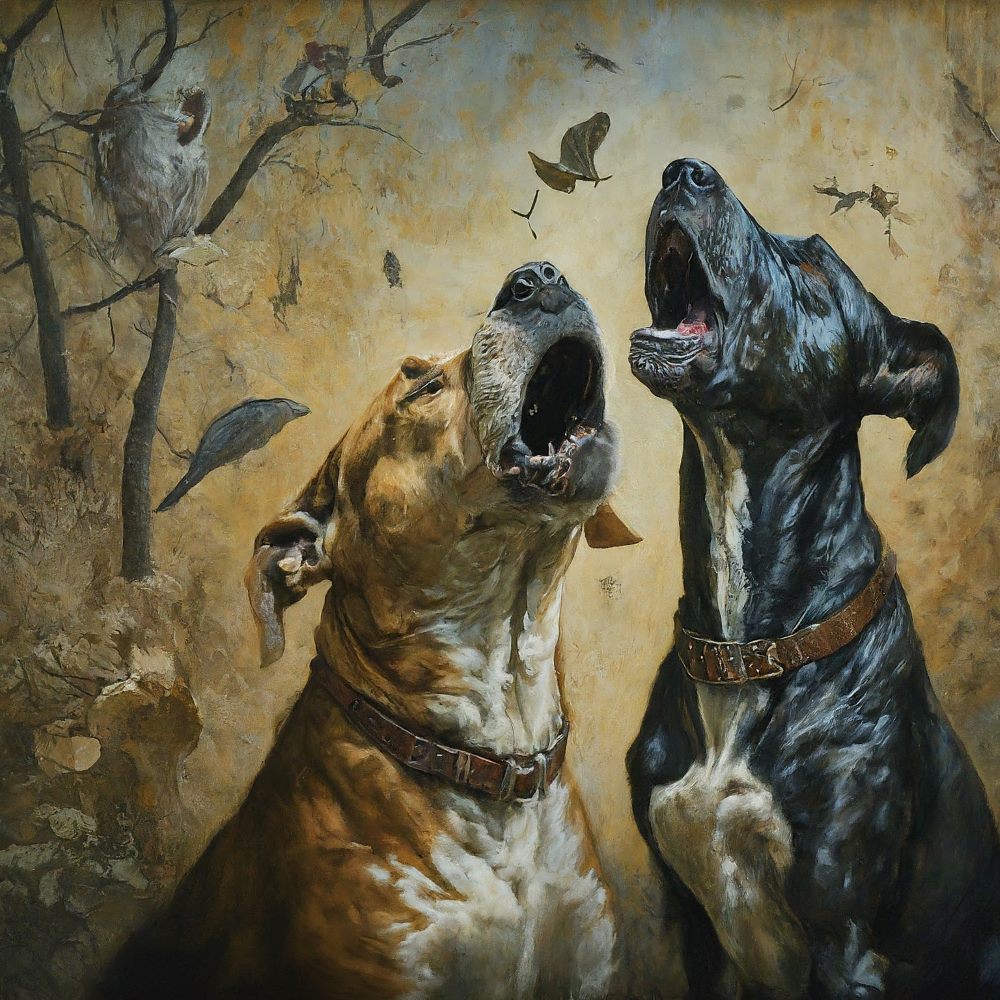
Dogs, our loyal companions, are known for their playful behavior and vocalizations that can resemble laughter, such as panting, barks, and excited yips. While not true laughter in the human sense, these vocalizations serve as expressions of joy, excitement, and contentment among dogs. Laughter-like vocalizations are often observed during playtime, social interactions with humans and other animals, and moments of relaxation and happiness.
16. Hawk:
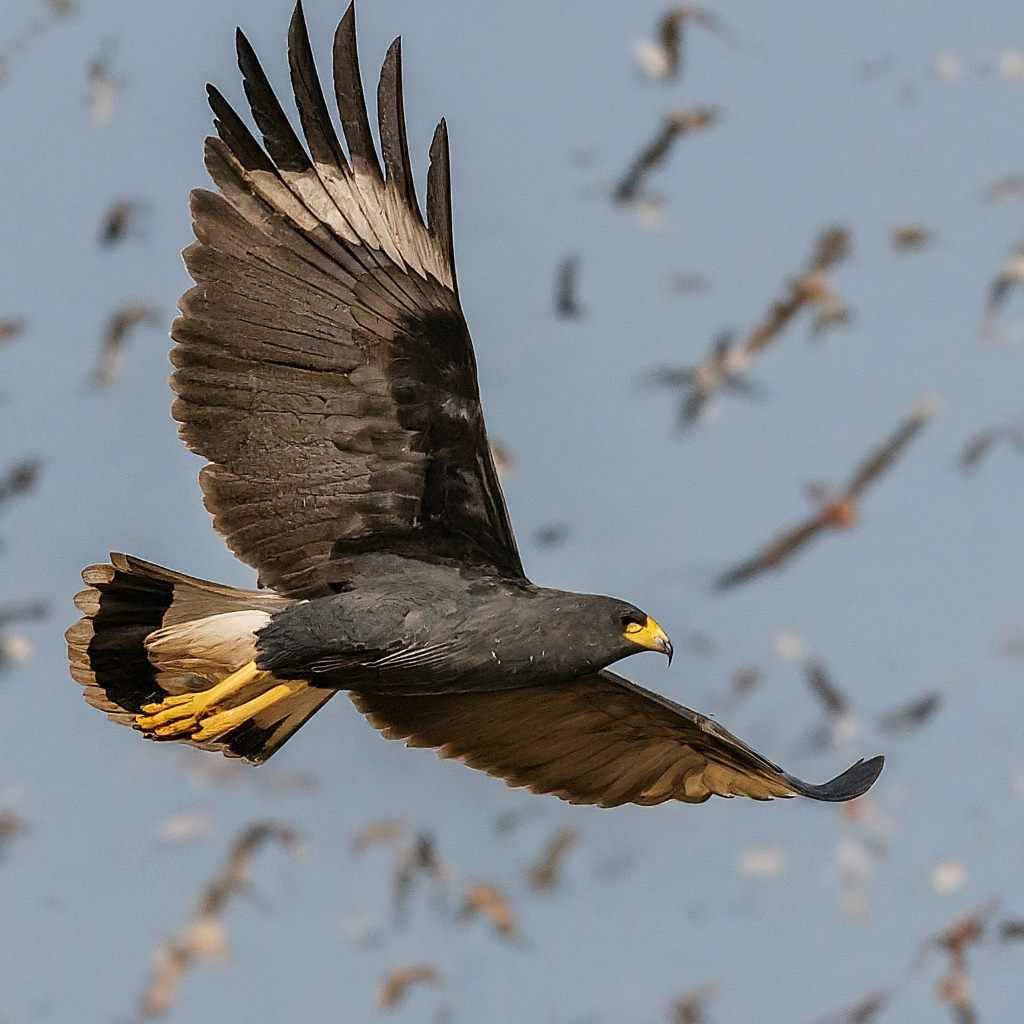
Hawks, formidable birds of prey known for their keen eyesight and powerful talons, emit vocalizations that can sometimes resemble laughter. These vocalizations, characterized by high-pitched screeches and calls, are often heard during courtship displays, territorial disputes, and communication within hawk populations. While not indicative of amusement in the human sense, hawk vocalizations serve important functions in maintaining social bonds, establishing territories, and coordinating hunting activities within their species.
Summary:
In summary, laughter-like vocalizations are not exclusive to humans but are found across various species in the animal kingdom. From birds to mammals, animals use these sounds to communicate joy, playfulness, and social bonding. Understanding the significance of laughter in animals provides valuable insights into their behavior, emotions, and social dynamics. By exploring the laughter-like vocalizations of 16 diverse animal species, we gain a deeper appreciation for the richness and complexity of communication in the natural world.

94% of pet owners say their animal pal makes them smile more than once a day. In 2007, I realized that I was made for saving Animals. My father is a Vet, and I think every pet deserves one. I started this blog, “InPetCare”, in 2019 with my father to enlighten a wider audience.
